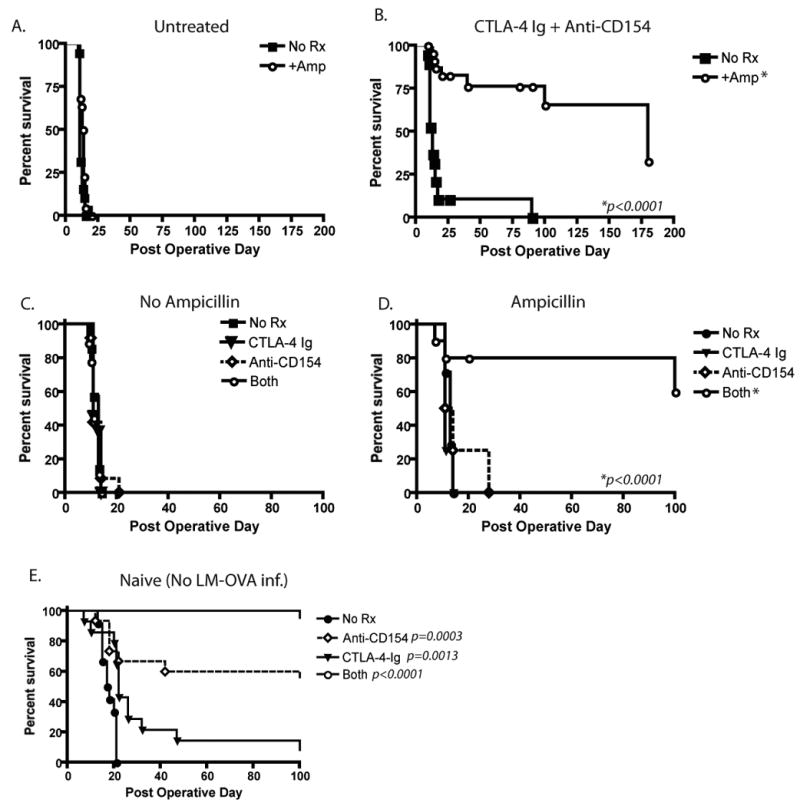Figure 2. Limiting the duration of infection and peptide presentation results in long-term skin graft acceptance following CTLA-4 Ig and anti-CD154 treatment.

LM-OVA infected, OT-I-transferred recipient mice received mOVA skin grafts and, where indicated, received CTLA-4 Ig alone, anti-CD154 alone, or a combination of the two on days 0, 2, 4, and 6 post transplantation as described in Materials and Methods. A) Untreated controls uniformly experienced graft rejection with accelerated kinetics as compared to naïve mice (MST 11 and 13.5 d for no amp vs amp, respectively), whereas B) costimulation blockade-treated animals receiving ampicillin treatment went on to long-term graft survival (MST 180 d, as compared to 13 d for mice that did not receive ampicillin treatment, p<0.001). Mice that rejected between days 179 and 196 are depicted as having rejected at day 180 post-transplant. C) Recipients experiencing limited antigen exposure demonstrated rejection with CTLA-4 Ig and anti-CD154 alone (MST 11 and 12.5 d, respectively) whereas naïve skin graft recipients under single pathway blockade experienced prolonged graft survival (MST 22 and 189 d, respectively). p=0.0013 for CD28 blockade and p=0.0003 for CD154 blockade as compared to untreated controls. Results shown are from four independent experiments, each experiment with five mice per group.
